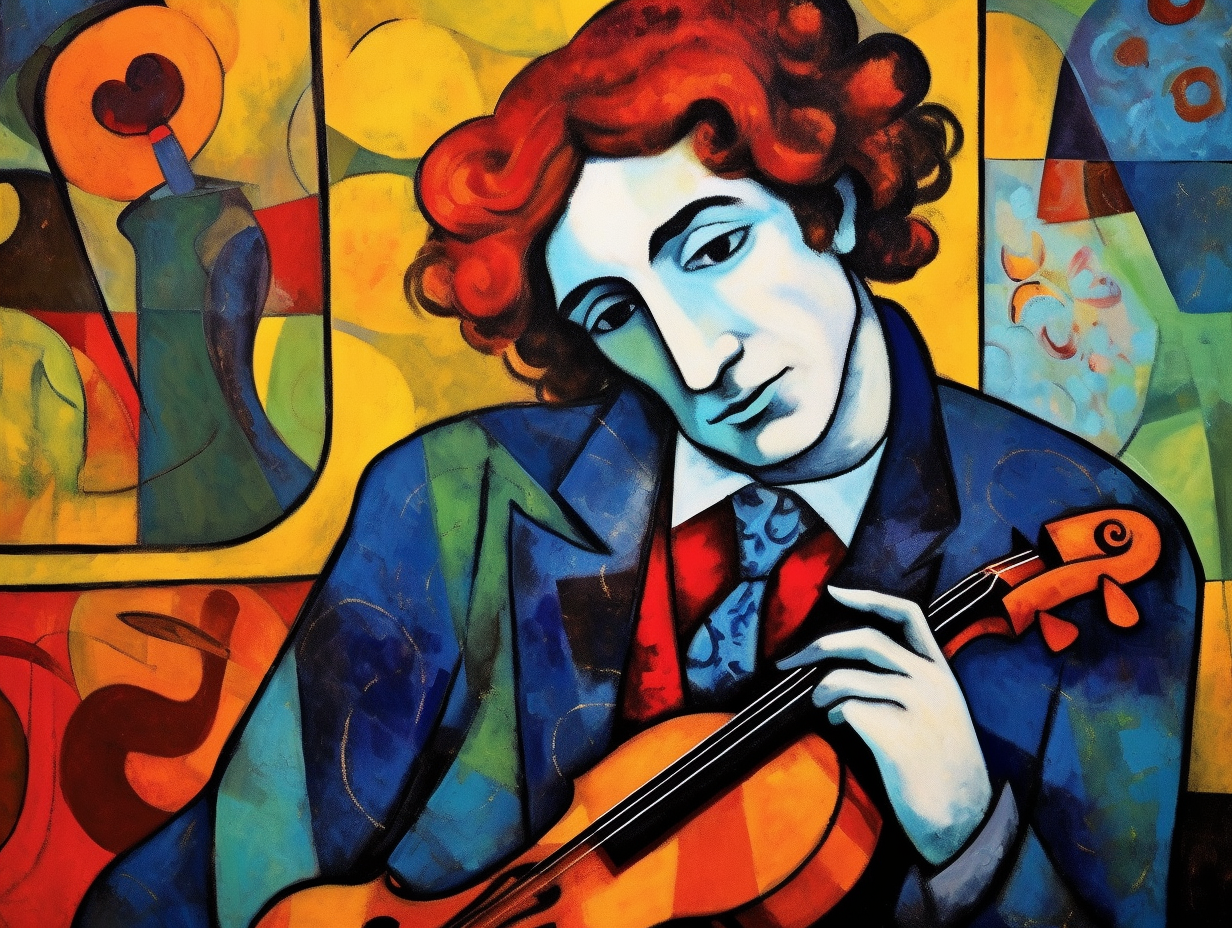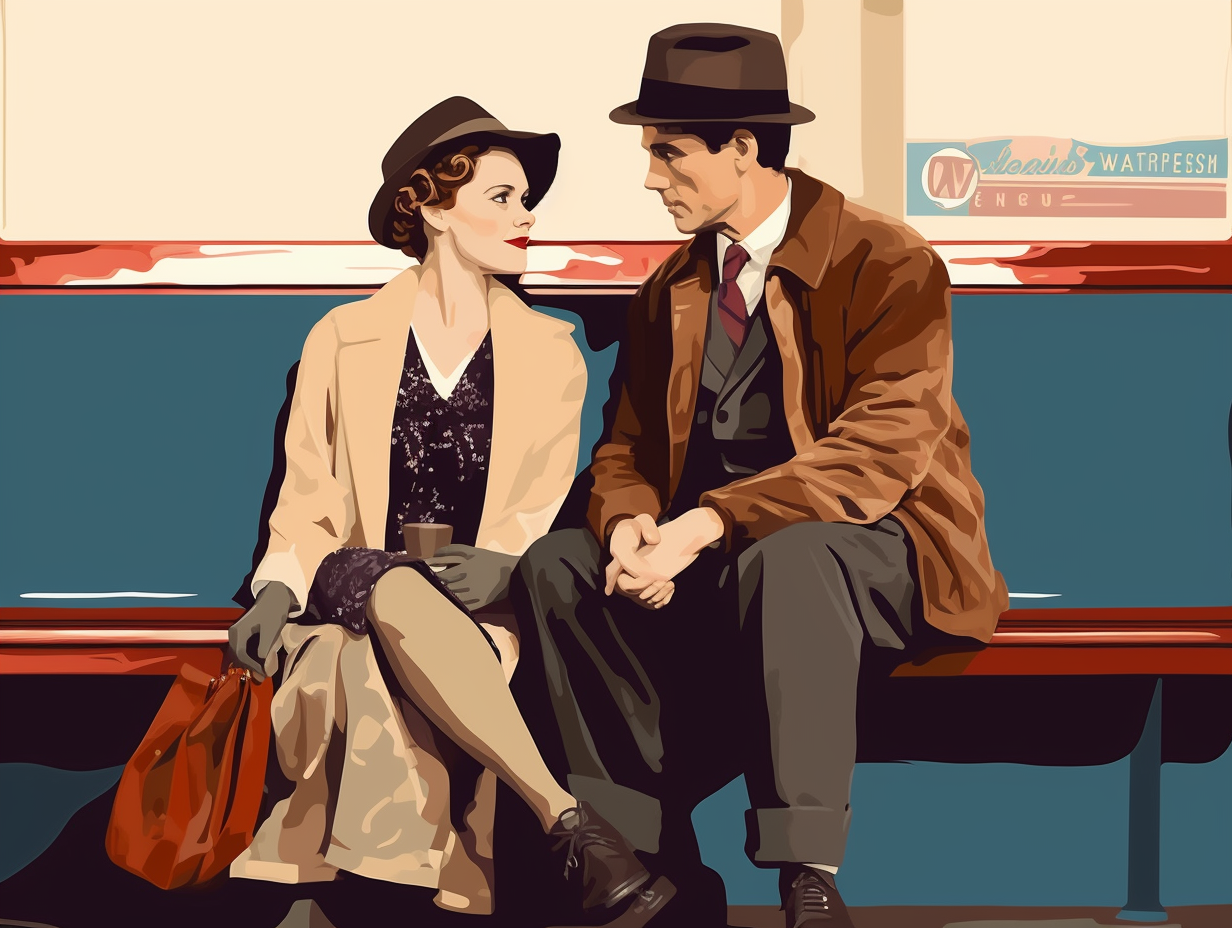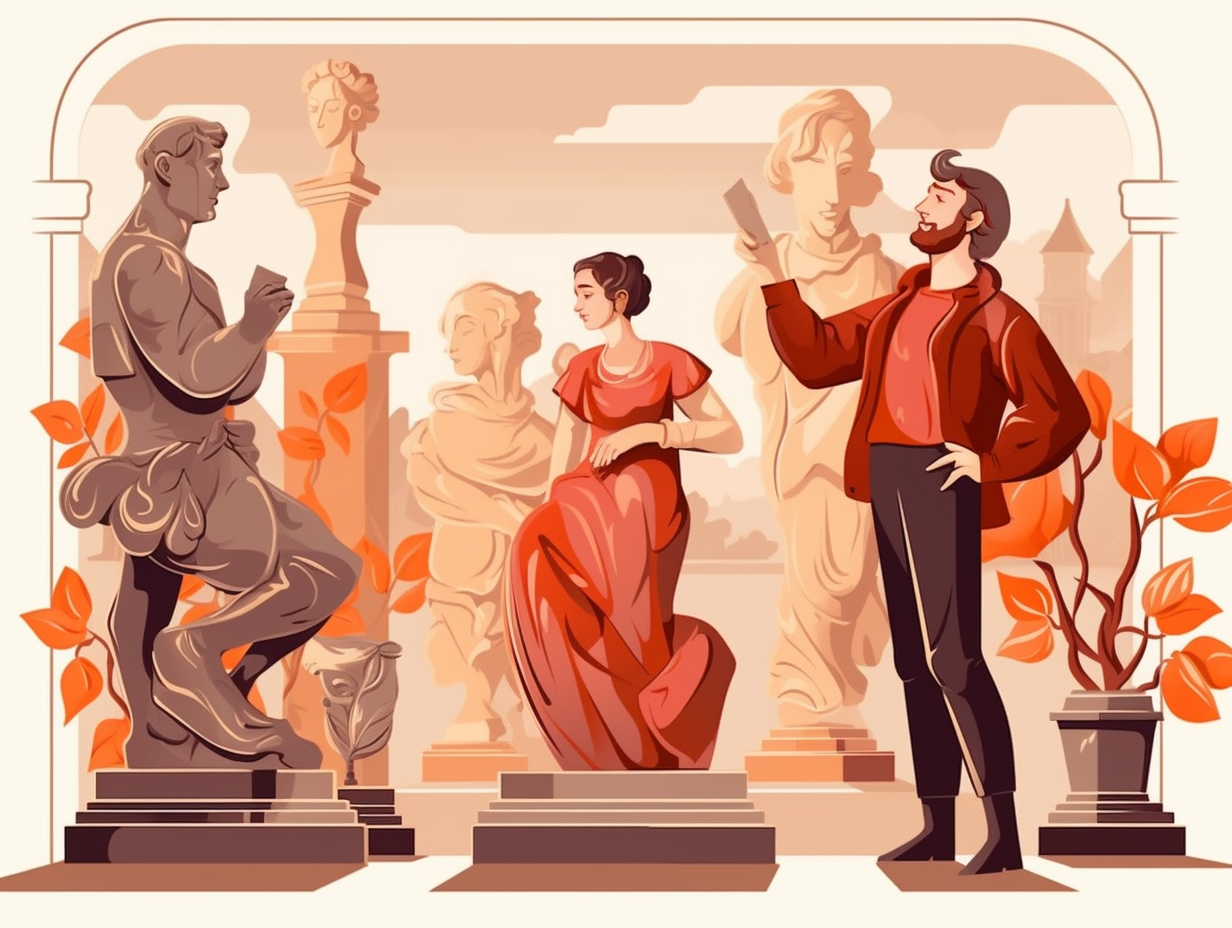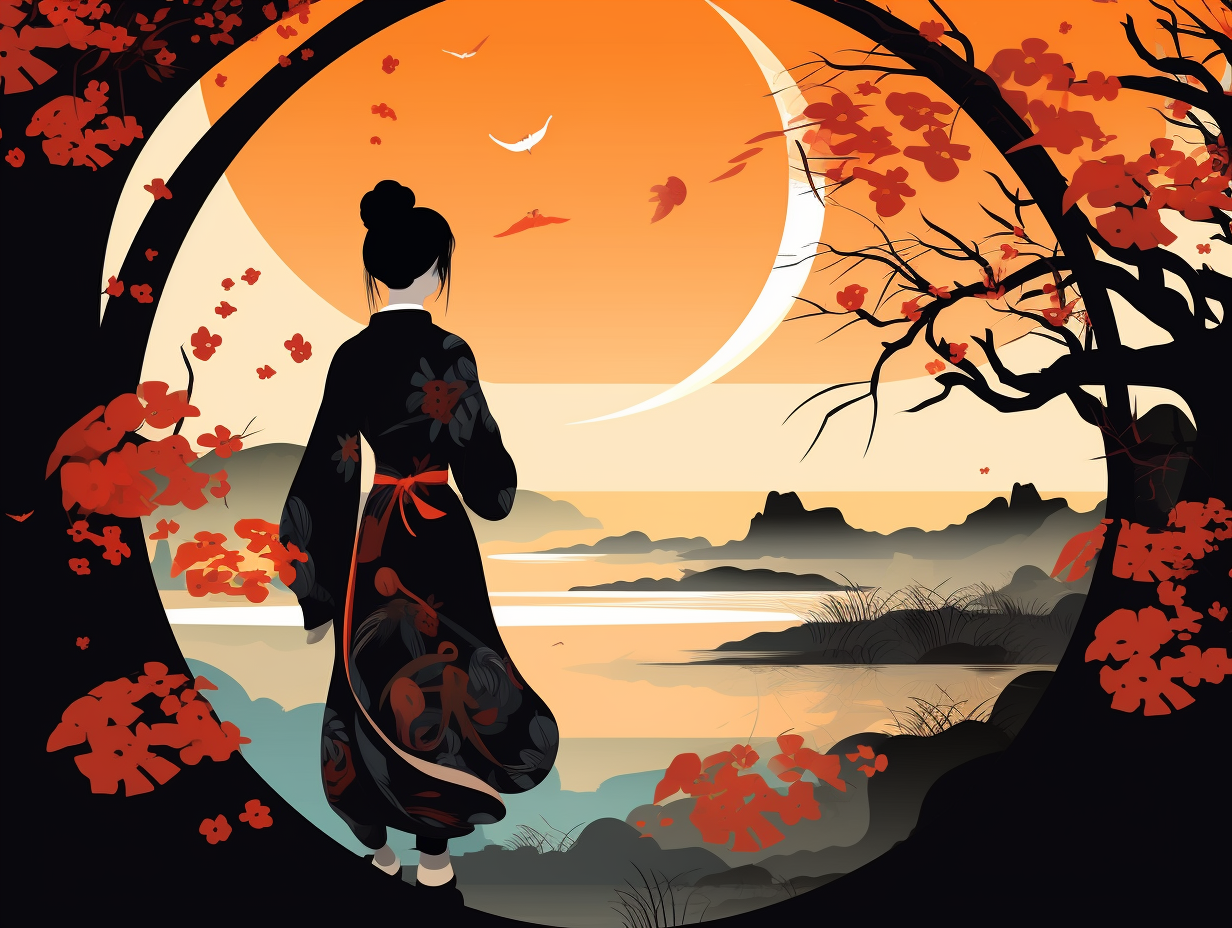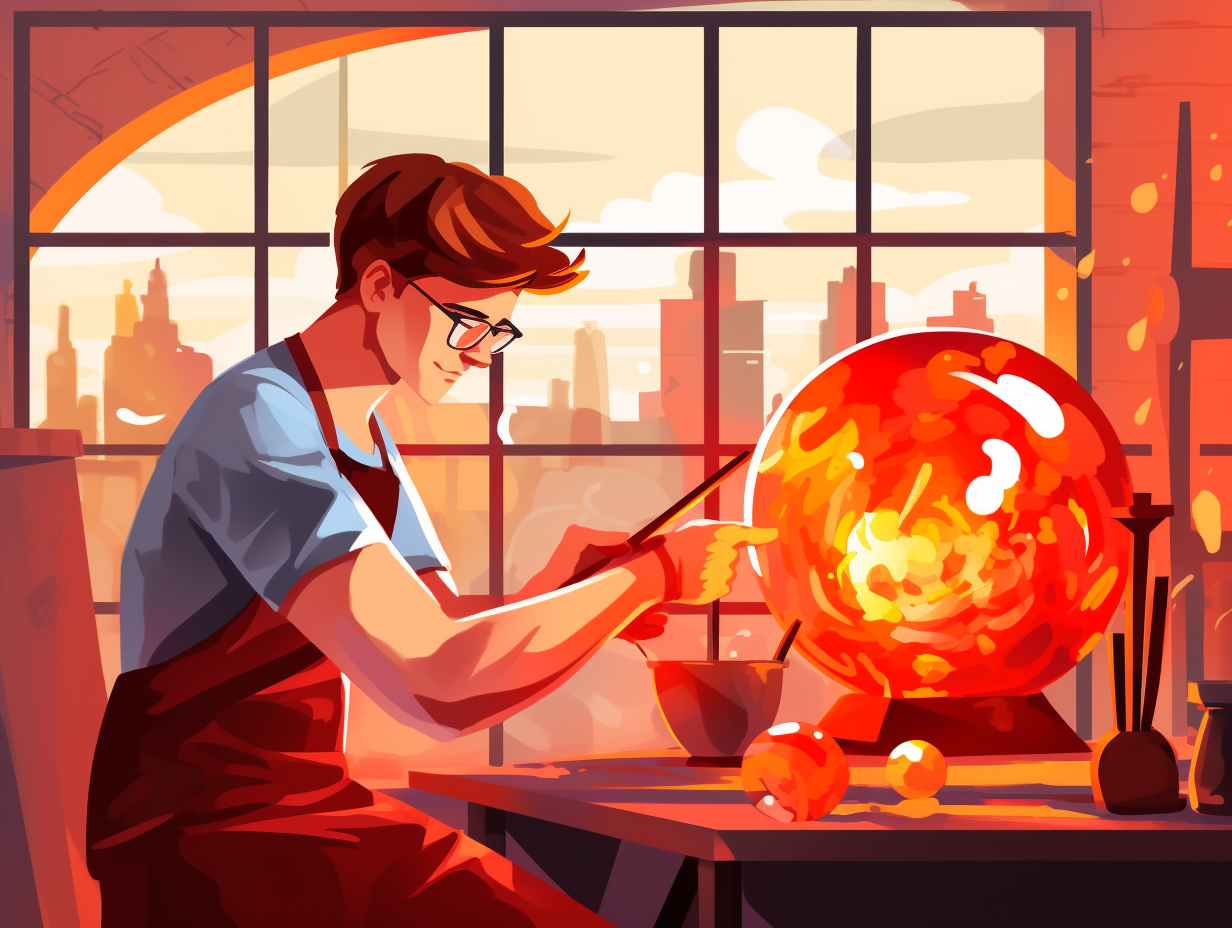Discover the Intriguing World of Winslow Homer: Top 12 Unbelievable Fun Facts You Never Knew
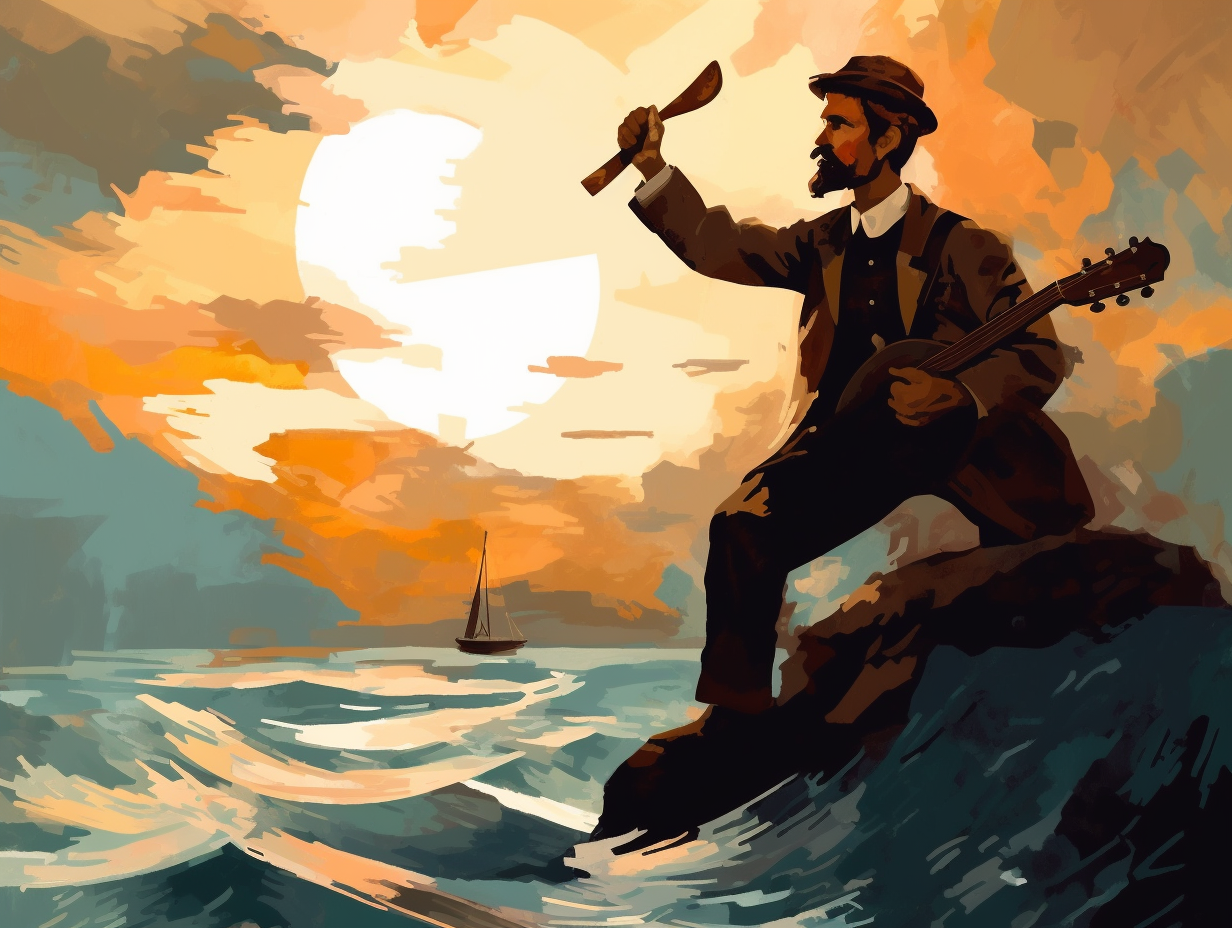
1. Wood Engraver Extraordinaire
Before Winslow Homer painted a rosy picture of his artistic career, he was the unsung hero in the cut-throat world of...wood engraving! His wood-wielding prowess made its debut at the most unexpected of places: Harper's Weekly was where our dear Winslow got his break, with his artful engravings gracing their pages like a finely chopped veggie platter at the most refined of parties. One such masterpiece is the gnarly nuptials of wood and ink that birthed "The War – Making Havelocks for the Volunteers," which took center stage on the illustrious cover of their June 29, 1861 issue. And, no, he did not dabble in the "doe" industry: that was just a hilariously misplaced typo for the ages!
Source => metmuseum.org
2. Photographic Darkroom Dabbler
Surely not a "shutterbug," but a master of capturing light and life in more ways than one: Winslow Homer, famed painter, also dabbled in photography, complete with his own darkroom in his Prouts Neck, Maine studio to experiment with developing his clicks.
Source => portlandmuseum.org
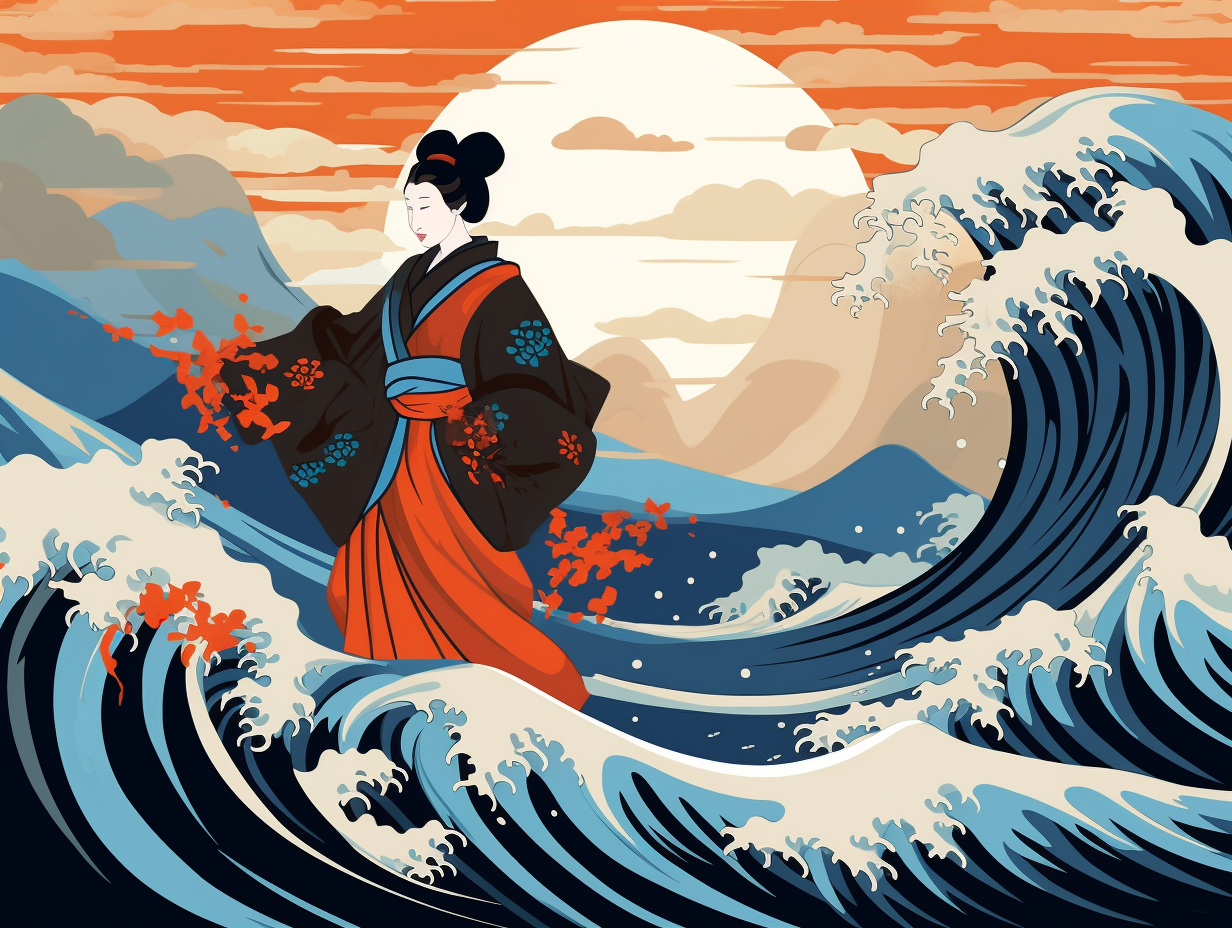
Did you know the famous artist Katsushika Hokusai had a penchant for changing his name, adopting various personas throughout his career? Discover the story behind his many aliases!
=> Fun Facts about Katsushika-Hokusai
3. Winslow's X-Ray Vision
Move over, Superman: Winslow Homer had the real x-ray vision! That's right, this artistic powerhouse, famed for his realism, made it his mission to strip away the veils of society and document the lives of everyday Americans in all their glory: With subjects like rural schoolchildren and emancipated African-Americans often in focus, Homer shunned the more familiar landscapes and posh portraits, offering his art as fresh inspiration to later icons like Robert Henri, George Bellows, and Marsden Hartley, and redefining the course of American art.
Source => theartstory.org
4. Self-Taught Art Guru
Forget formal art school, Winslow Homer was the original paint-it-yourself protagonist: This acclaimed American artist was largely self-taught, dabbling in illustration, oil painting, and watercolor while capturing Civil War camp life and the idyllic rural and coastal scenes of America from the 1800s onwards.
Source => nga.gov
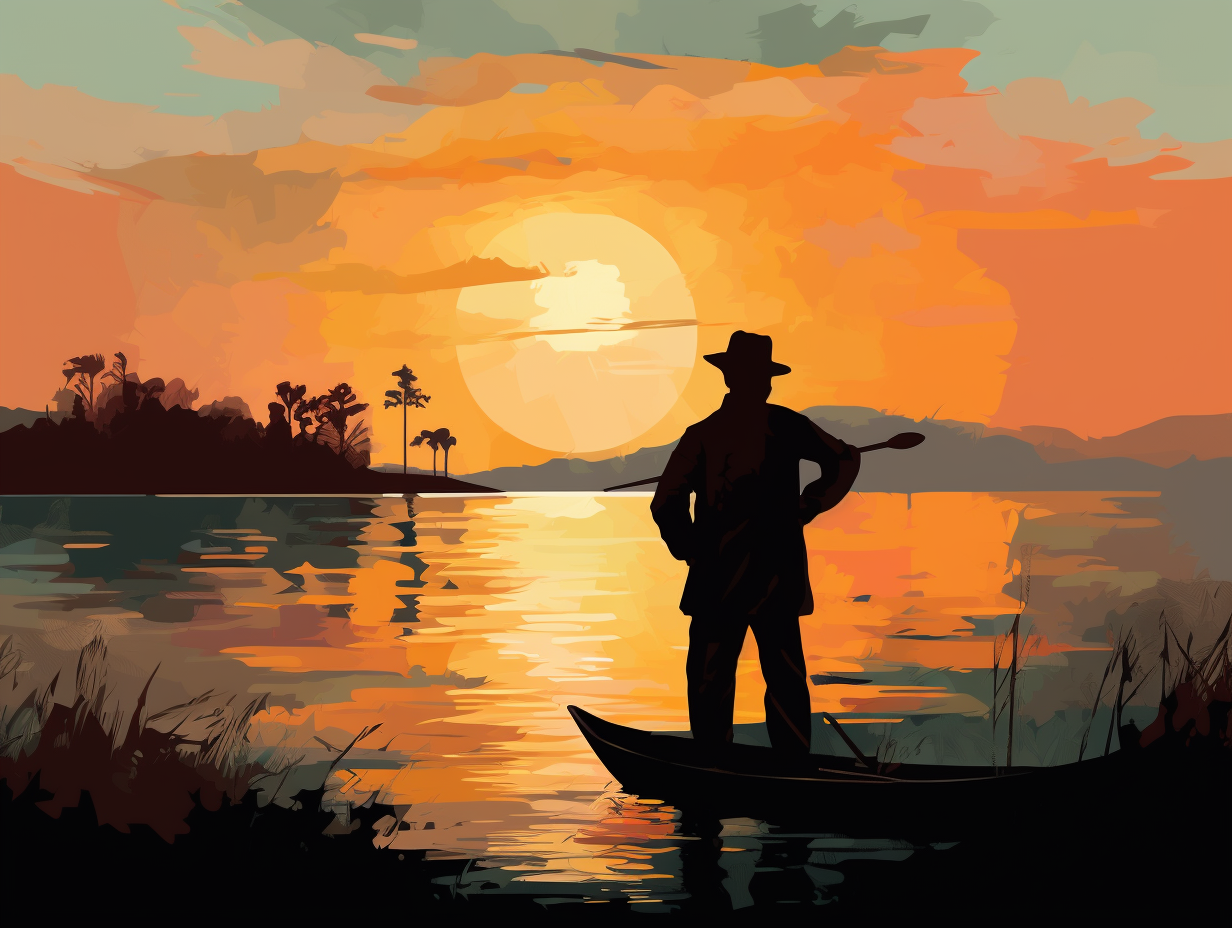
5. Color Palette Alchemist
Step aside, Bob Ross; Winslow Homer was the original alchemist of color, concocting marvelous concoctions from his ever-evolving palette: As pigment analysis of his artistic career reveals, Homer transitioned from opaque to transparent methods, embraced a wider spectrum of yellow pigments post-1880, dabbled in copper-based greens during his Caribbean sojourns, and had a noticeable fling with cochineal-derived red pigments.
Source => academia.edu
6. Stamps of Maritime Majesty
Who said postage stamps can't have a 'fair wind' behind them? Winslow Homer's maritime masterpieces sure did blow people away: In 1962, the U.S. Postal Service featured his 1876 painting, "Breezing Up (A Fair Wind)," on a stamp, proving that his legacy as one of America's most beloved artists remained afloat even half a century after his death in 1910.
Source => redbubble.com
7. Civil War Doodles and Giggles
Before Homer hit a homerun, he drew doodles and giggles with soldiers: Winslow Homer initially worked as a freelance illustrator for magazines, capturing the lighter side of army life during the Civil War, until he shifted his focus to painting iconic war scenes like "A Cavalry Charge" and "A Bayonet Charge."
Source => masshist.org
8. Homer's Art Odyssey at Clark Institute
Feast your eyes on a smorgasbord of Homer's Odyssey, and no, it's not the one where the hero's appetizer was calamari: Winslow Homer's art collection at the Clark Art Institute showcases works from various stages of his career, including wood engravings and paintings, with notable acquisitions being his first painting purchased by Robert Sterling Clark in 1915, Two Guides in 1916, and Playing a Fish in 1955.
Source => clarkart.edu
9. Captain Homer's Coastal Creations
Ahoy, matey! Grab your sketchbook and join Captain Homer on a picturesque voyage along the rugged shores of Maine: Winslow Homer, a celebrated American artist, had a deep affinity for marine scenes and spent a significant portion of his career capturing the majestic splendor of the coastlines in his captivating artwork.
Source => commons.wikimedia.org
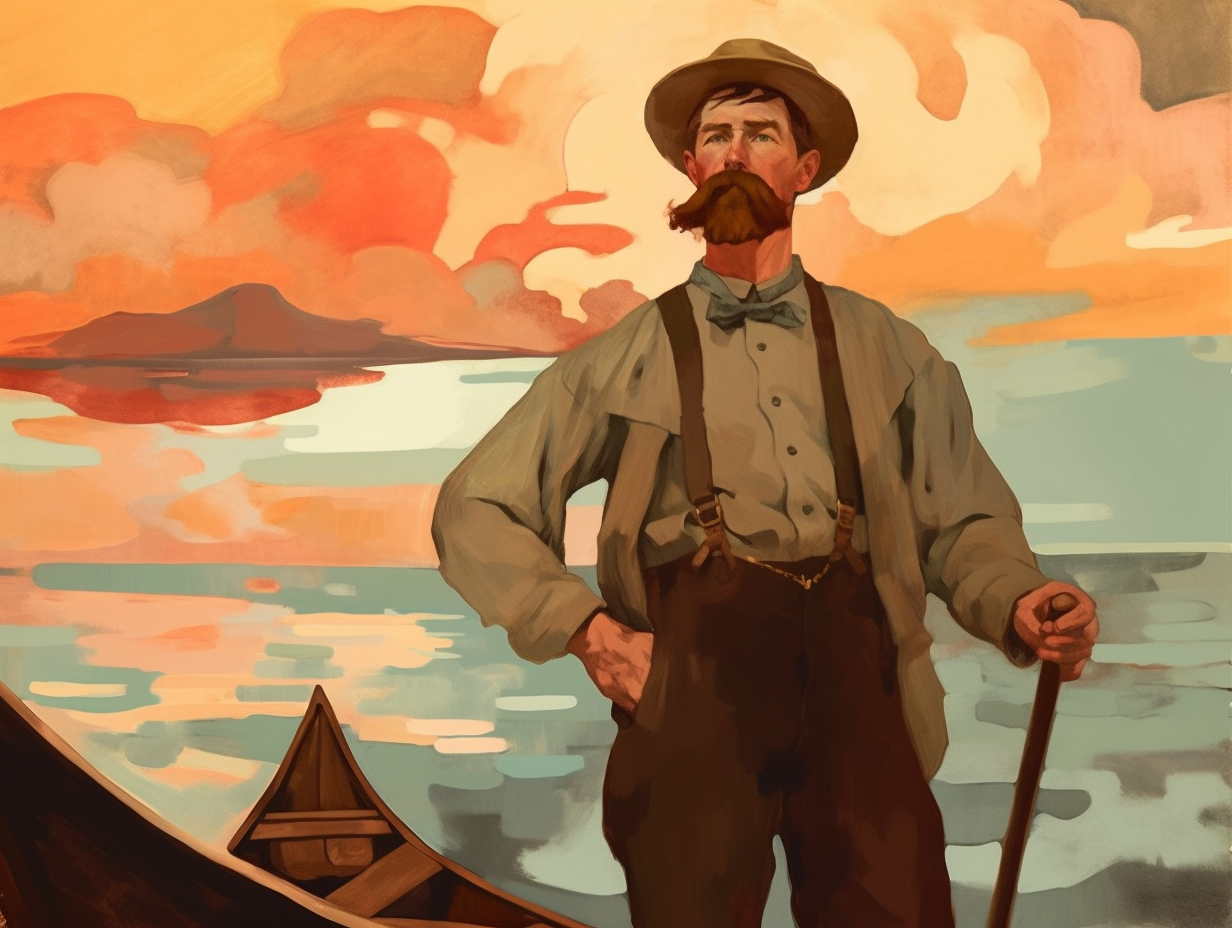
10. Tropical Island Masterpiece
Ahoy there, art lovers! Time to bask in some 'sun-sational' trivia as we ride the waves of greatness to Winslow Homer's island inspiration: In 1899, within the picturesque realms of the Bahamas, Homer crafted the iconic masterpiece "The Gulf Stream," which stands as a testament to his artistic prowess and remarkable vision.
Source => ffh.films.com
11. Artistic Doppelgangers: Homer and Remington
Just like with relationships, sometimes opposites don't attract in the art world, and our dear American artists Winslow Homer and Frederic Remington were basically artistic doppelgangers: Both began their careers as illustrators only to later transition to painting, with reputations for capturing the American frontier in distinct, energetic, and authentic ways, while never shying away from bold and daring artistic choices.
Source => journalpanorama.org
12. Underrated Tropical Watercolor Escapes
Who needs a tropical vacation when you can soak up the sun right in your own art studio? Winslow Homer might have thought so while painting his underrated watercolor masterpieces: Though overshadowed by his oil paintings, Homer's watercolors of the Bahamas, Cuba, and Bermuda beautifully capture not only the vibrant locales but also subtly reflect upon complex issues like imperialism, race, and labor within the colonial history of the region.
Source => metmuseum.org
Related Fun Facts


